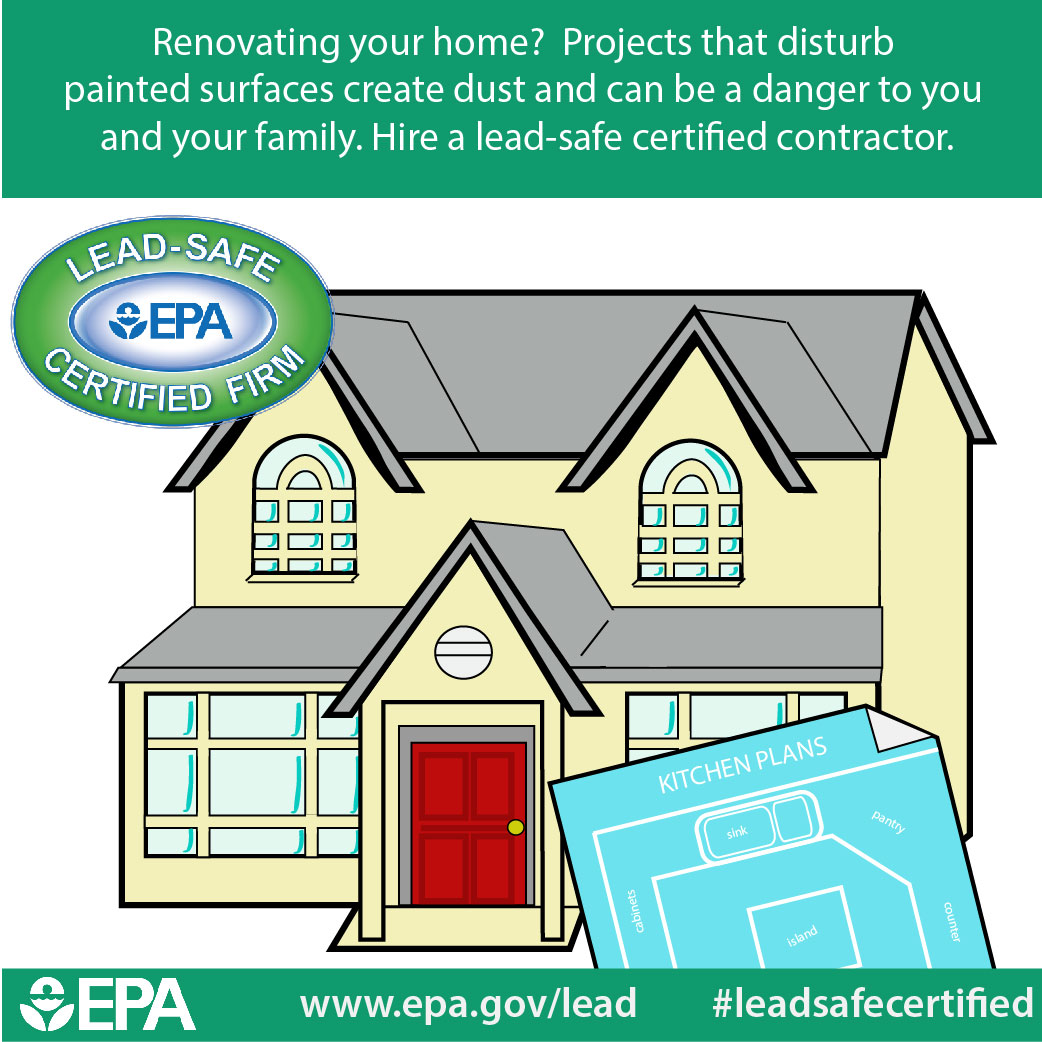Prepare Your Wall Surfaces Effectively For A Perfect Paint Complete
Prepare Your Wall Surfaces Effectively For A Perfect Paint Complete
Blog Article
Composed By-Watson Houston
Achieving a perfect paint task begins with careful wall preparation. From filling in imperfections to priming surfaces, each step plays a crucial role in the final end result. But what about those challenging edges and sides that can make or damage the total look? Remain tuned to uncover experienced tips on how to navigate these challenging locations with skill, making sure a seamless coating that will elevate your room to brand-new elevations of class.
Wall Surface Maintenance
Evaluating wall surfaces for any kind of flaws and without delay resolving them with needed fixings is essential for attaining a smooth and flawless paint work. Before starting the paint procedure, very carefully take a look at the wall surfaces for cracks, openings, dents, or any other damage that could influence the outcome.
Start by filling out any kind of splits or holes with spackling substance, allowing it to completely dry totally before sanding it to create a smooth surface. For larger dents or damaged locations, consider using joint compound to make certain a smooth fixing.
Furthermore, check for any kind of loosened paint or wallpaper that might require to be eliminated. Scrape off pop over here of peeling off paint or old wallpaper, and sand the surface area to produce a consistent texture.
It's additionally vital to inspect for water damages, as this can result in mold growth and influence the attachment of the new paint. Resolve any type of water spots or mildew with the suitable cleaning options before waging the paint procedure.
Cleansing and Surface Area Prep Work
To guarantee a beautiful and well-prepared surface area for painting, the next step includes extensively cleansing and prepping the walls. Begin by cleaning the wall surfaces with a microfiber cloth or a duster to remove any loosened dust, cobwebs, or debris.
For even more persistent dust or gunk, a remedy of mild detergent and water can be made use of to carefully scrub the walls, adhered to by a thorough rinse with clean water. Pay special interest to areas near light switches, door handles, and walls, as these have a tendency to accumulate even more dirt.
After cleansing, it is important to inspect the wall surfaces for any kind of cracks, holes, or blemishes. These need to be loaded with spackling substance and sanded smooth once completely dry. Fining sand the wall surfaces lightly with fine-grit sandpaper will certainly also assist produce an uniform surface area for painting.
Priming and Insulation
Prior to paint, the wall surfaces should be keyed to make sure proper bond of the paint and taped to secure surrounding surface areas from stray brushstrokes. Priming acts as an essential action in the painting procedure, specifically for brand-new drywall or surface areas that have actually been patched or repaired. It helps secure the wall, producing a smooth and consistent surface area for the paint to follow. Furthermore, primer can boost the sturdiness and coverage of the paint, inevitably bring about a much more specialist and durable surface.
When it comes to taping, using painter's tape along trim, ceilings, and other surface areas you wish to shield is vital to achieve clean and crisp paint lines. Painter's tape is developed to be quickly used and gotten rid of without harming the underlying surface area or leaving behind any kind of deposit. Take the time to correctly tape off locations before repainting to save on your own the inconvenience of touch-ups in the future.
Verdict
To conclude, appropriately preparing your walls before paint is critical for achieving a remarkable surface. By examining for flaws, cleansing completely, topping the surface, and utilizing painter's tape for clean lines, you can make sure a professional-looking paint task.
Making the effort to complete these steps will certainly lead to a smooth and durable surface that enhances the overall appearance of your space.
